Achieving Absolute Fretboard Mastery, Part 4
Learn about an interesting concept that involves combining the minor pentatonic and major pentatonic scales.
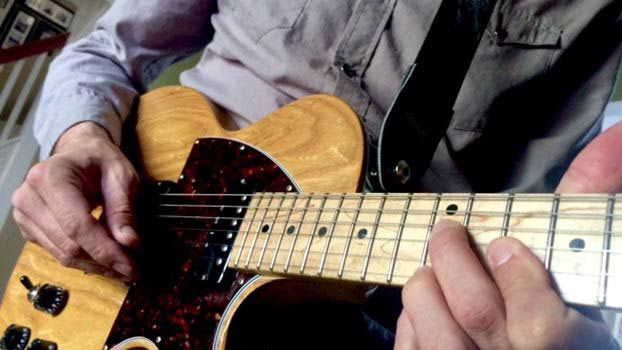
It’s been a couple of months since I started my lesson series on achieving absolute fretboard mastery, and we’ve covered quite a bit of ground over the last three installments.
In today’s lesson, we’re going to touch on an interesting concept that involves combining the minor pentatonic and major pentatonic scales.
If you’re new to this series, the things I talk about in this lesson might seem a bit sudden or haphazard. So to get the most out of this lesson, I recommend you check out the last three installments of the series first.
Let’s get started!
So far in this series, we’ve learned to play minor pentatonic and major pentatonic across the fretboard, and if you’ve practiced your meandering, you should be able to visualize these scales across your whole fretboard with ease.
Last time, we spoke about adding the blue note into these scales to create the signature blues sound. What we’re going to be doing today is drawing on this knowledge to learn how to combine the minor and major pentatonic scales to create patterns that give us a very unique and interesting sound.
For this example, let’s start off by running through the first position of A minor pentatonic starting on the fifth fret of the sixth string:
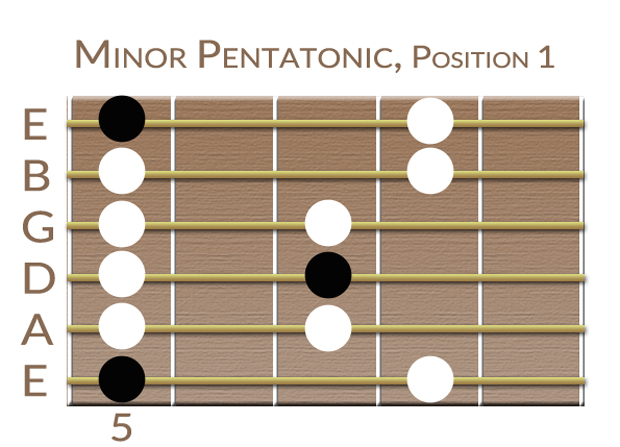
Next, let’s run through the second position of A major pentatonic, which starts on the same fret:
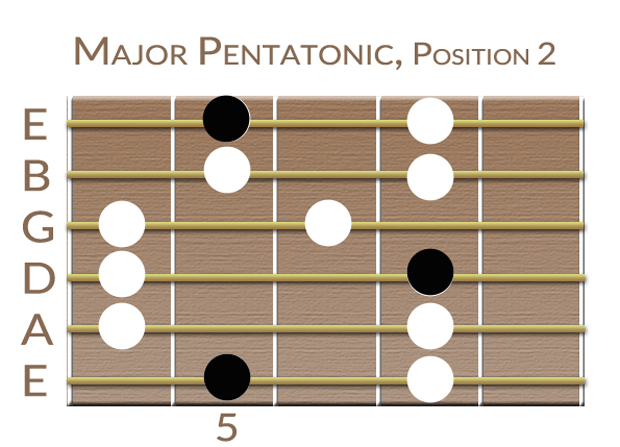
What we want to do now is train ourselves to see these two positions together. A little trick that helps to start off this blending process, if you will, is by first looking at the notes on the first and second strings and combining the scales on these two strings.
As far as the minor pentatonic is concerned, you’ll notice you’re playing the notes on the fifth and eighth frets, and the notes on the fifth and seventh frets for the major pentatonic. To start off, what we’re going to do is combine these elements. For example, we can play the fifth- and seventh-fret notes on the second string and the fifth- and eighth-fret notes on the first string:
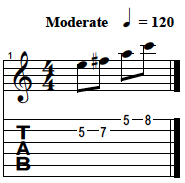
You’ll notice how this suddenly translates into a very interesting sound. But you’ll also notice that if you simply combine the notes in these two scales on the two strings, it creates more of a basic, "Do Re Mi Fa So La Ti" sound:
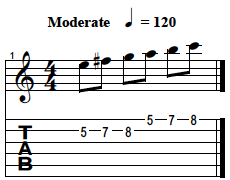
When combining these two scales, what we want to learn is how to phrase our notes to make sure we stick to the more rock and roll or blues-esque pentatonic sound we’re starting off with. Instead of just combining the notes in both scales, think about how we’re going to alternate between these two scales to create the sound we’re after.
For example, here’s a fun little shape you can start off with that combines these scales:
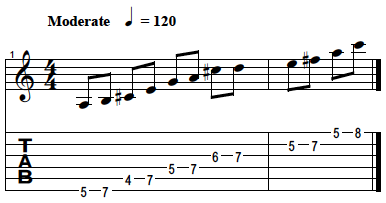
Start playing around the notes in this pattern and you’ll start to hear how much more unique and interesting it sounds than if we were to just play in minor pentatonic or major pentatonic.
When utilizing this concept in your playing, the most important part is knowing when to use major pentatonic, when to use minor pentatonic and when to use this hybrid scale. This is where our old trick of meandering comes in. For this week’s practice, start off by meandering across this new pattern we’ve learned to really get a feel for mixing up the minor and major pentatonic.
Another thing I want you to focus on this month is to start adding the essential techniques like hammer-ons, pull-offs, slides, bends and vibrato into your usual meandering.
For example, let’s look at a basic jam involving hammer-ons that we can use when combining major and minor pentatonic:
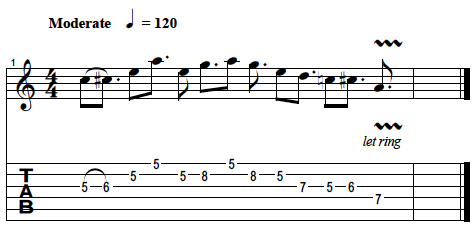
In this example, not only are we combining the major pentatonic and minor pentatonic, but we’re also going from the minor third to the major third of the A chord to create a really cool bluesy rock and roll sound.

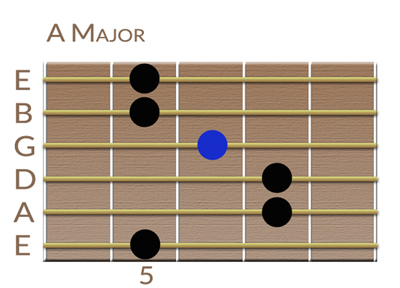
So the fifth fret note is actually from the minor chord and the sixth fret note is from the major chord.
You see, this is the really cool thing about blues and rock and roll. Sometimes things that don’t really make sense logically make sense in rock. Which is why we start off by tackling a lot of concepts in terms of visual shapes as opposed to traditional theory.
Until my next installment, I want you to focus on what we’ve covered today and work hard on meandering on this combined scale while incorporating essential techniques like hammer-ons and pull-offs. I also want you to check out a video I did for Guitar World called "Essential Blues Basics: Soloing with the Combined Major and Minor Pentatonic Scales."
As always, practice hard, and stay tuned for next month’s installment!
Steve Stine is a longtime and sought-after guitar teacher who is professor of Modern Guitar Studies at North Dakota State University. Over the last 27 years, he has taught thousands of students, including established touring musicians, and released numerous video guitar lesson courses via established publishers. A resident of Fargo, North Dakota, today he is more accessible than ever before through the convenience of live online guitar lessons at LessonFace.com.
Get The Pick Newsletter
All the latest guitar news, interviews, lessons, reviews, deals and more, direct to your inbox!
“There are so many sounds to be discovered when you get away from using a pick”: Jared James Nichols shows you how to add “snap, crackle and pop” to your playing with banjo rolls and string snaps
Don't let chord inversions bamboozle you. It's simply the case of shuffling the notes around







![Joe Bonamassa [left] wears a deep blue suit and polka-dotted shirt and plays his green refin Strat; the late Irish blues legend Rory Gallagher [right] screams and inflicts some punishment on his heavily worn number one Stratocaster.](https://cdn.mos.cms.futurecdn.net/cw28h7UBcTVfTLs7p7eiLe.jpg)


